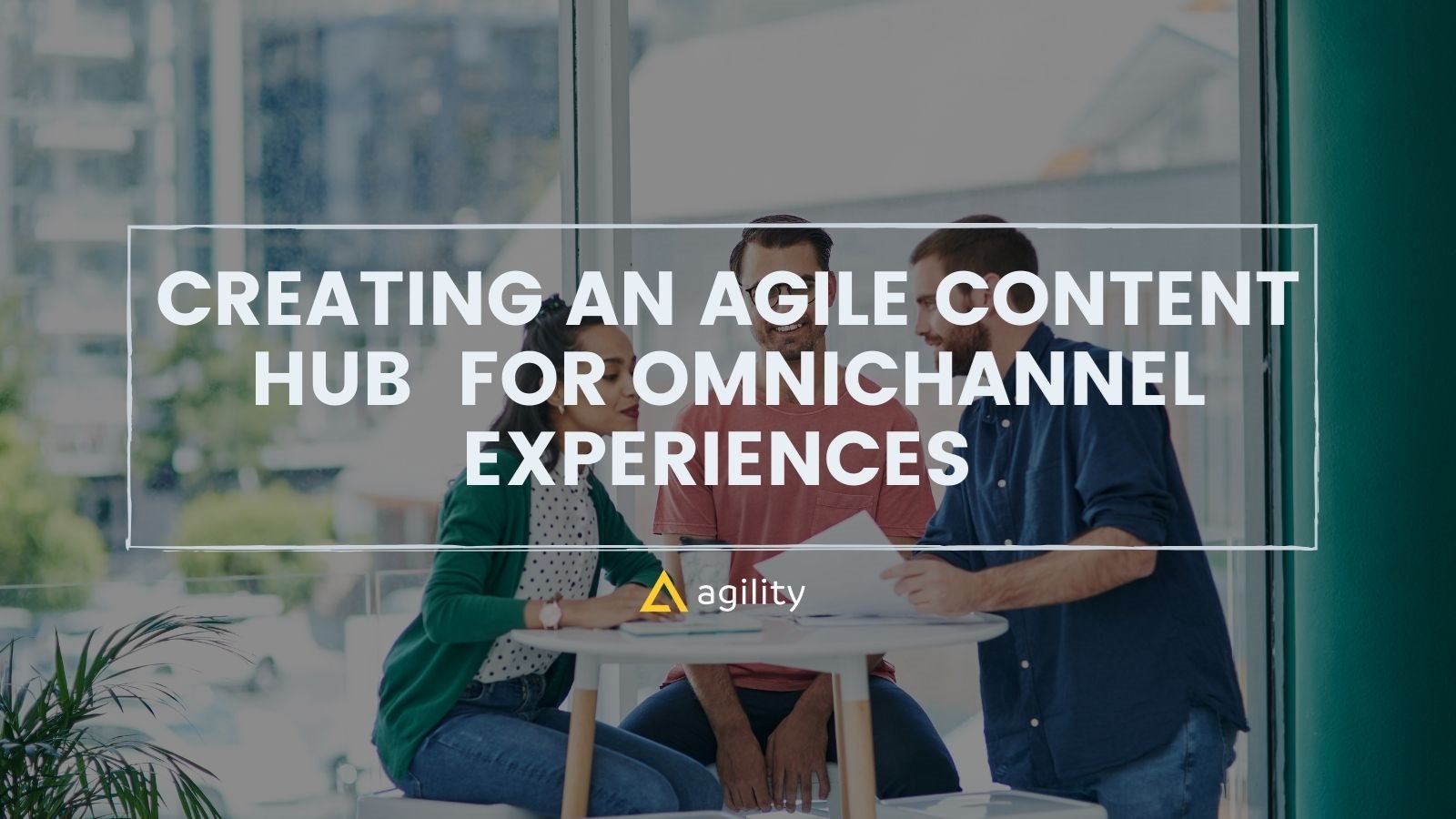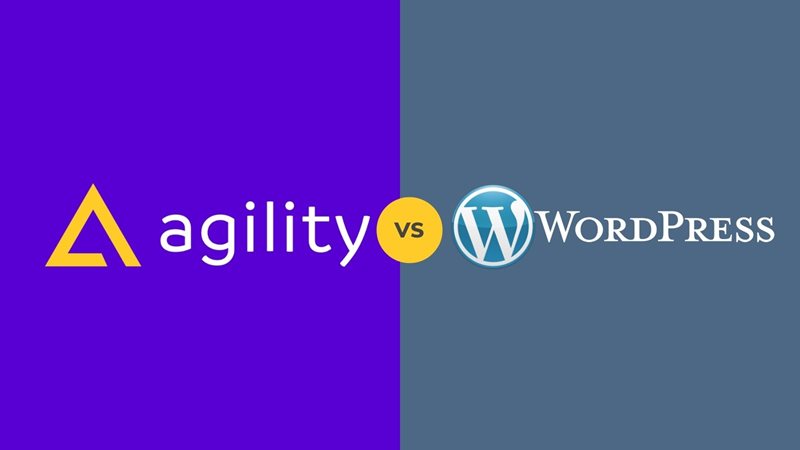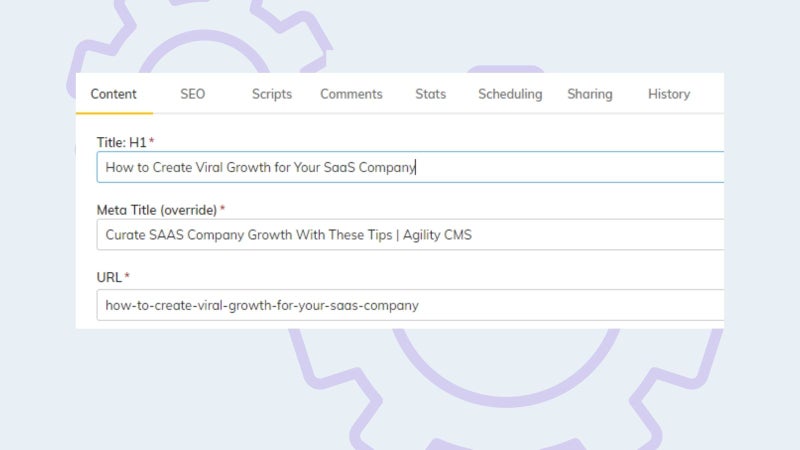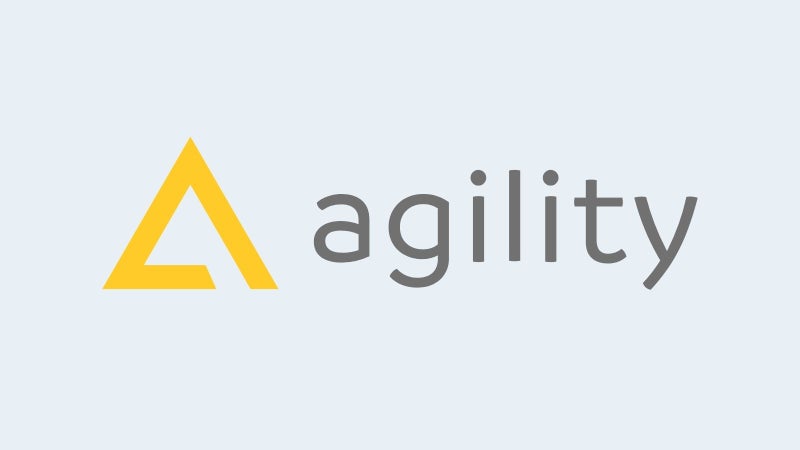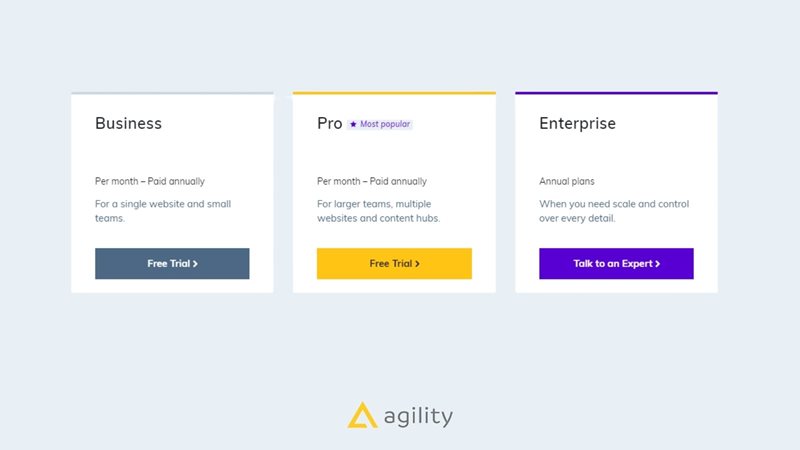It is hard to move on when you are used to your CMS, but sometimes these relationships can be toxic. Besides, 2022 is around the corner: do you feel confident that your current CMS will help you with your digital strategy, demand generation, and SEO?
Are you still wondering how to create websites that deliver your brand content clearly and always keep it up to date? Let us inspire you to reconsider your commitment and learn more about the benefits of Headless CMS.
A Look At The Traditional Content Management System
A content management system (CMS) is a repository that stores text, images, videos, and documents among others. WordPress, Drupal, and Sitecore are traditional platforms where all elements such as text, images, audio, video, HTML, and CSS are put in a single bucket.
The CMS users don’t require specialized technical knowledge to manage website content. It helps them in creating websites without writing code from scratch (or without writing any code at all).
The CMS maintains basic website infrastructure and allows users to focus on curating high-quality content. It provides an easy-to-use interface to write, create, and upload content. Users can build static websites, portfolios, blogs, e-commerce stores, and many more.
Traditional CMSs are monolithic as all digital content and website code are available in a single system. This tightly coupled code becomes nearly impossible to reuse. We still find many businesses going with the traditional CMS platforms that have several problems.
Drawbacks of Traditional CMS
Traditional CMSs lack the essential features required to meet Growth-driven companies are adopting modern content delivery techniques to get their content out in the world.
Five primary reasons why companies are eager for a transition are:
- Poor Load Speed: Time is a highly significant factor in all aspects of life, especially for internet users but more content means more loading time. Content size has a huge impact on page load speed.
- SEO Ranking: The optimization and construction of websites will dictate whether they rank on SERP. Traditional CMSs provide no strategy for improving the SEO score of web pages. They only provide you the infrastructure to create and distribute content, without the tools to optimize it unless you add a third-party plugin.
- Legacy Platforms: Software tools that cannot be improved according to the changing technology trends eventually lose their worth. The traditional content management system follows an outdated approach which is challenging to upgrade. Due to the rigid internal structure and limitations of such systems, users eschew updates to avoid compromising the system’s overall efficiency.
- Lack of Modern Security: Traditional CMSs are more prone to cyberattacks, putting the stakeholders’ data and efforts at constant risk. Security vulnerabilities in such systems are alarming for both the users and developers.
- Compliance Issues: The old CMSs are not reliable as the web pages can crash frequently. Imagine you get thousands of customer requests interested in buying your products or services, but all of a sudden, the website breaks, and the system go down along with your revenue.
This can be a displeasing experience for both parties and a significant drawback that results in customer dissatisfaction and monetary losses for the company.
Headless CMS—A Step Towards Digital Evolution
The headless architecture promotes a decoupled structure of code and digital assets. In the headless approach, the presentation layer is not connected with the content repository or the storage. This empowers headless CMS users to deliver omnichannel content and create personalized user experiences.
Headless CMSs provide a separate repository for the content, which can be delivered via APIs. Through APIs, marketers and developers can push content to different digital devices facilitating omnichannel content delivery, solving major traditional CMS issues.
Let’s cover the various aspects that highlight the significance of headless CMS.
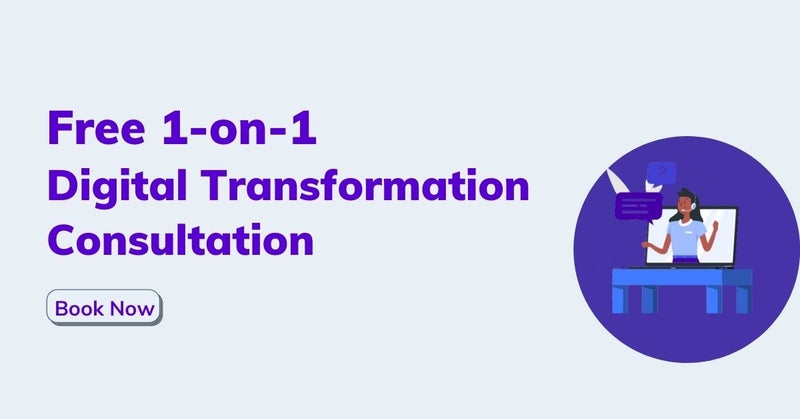
Benefits of Headless CMS for the Developers
Headless CMS not only solves the problems with traditional CMS but offers useful features for developers. These include:
- Faster Speed: Headless CMS accelerates the web page loading process. It enables developers to implement and incorporate present-day techniques to manage the load. Web pages render decoupled content via API requests without any trouble. The entire process stays fast, which ultimately draws customer interest.
- SEO Score Improvement: It boosts the SEO score of the website, making it appear in the top search results. This key feature can help drive enormous customer traffic to your website and allow them to learn more about your product.
- Better User Interface: It supports the creation of a user-friendly framework that offers plenty of templates and interfaces to the developers.
- Inherently Secure: Headless CMS provides a secure foundation for websites, making it a more dependable and trusted platform for the creation of digital experiences
Marketers Benefit From Headless CMS—But Only a Little
Headless CMS gives marketers the control to update and improve content dynamically. They get faster page loads and reliable websites that can display their web content efficiently.
On the contrary, marketers generally feel overwhelmed due to the non-availability of website previews in headless CMS. They have to wait for website builds after making any changes. Also, some headless CMSs lack SEO fields or options to tweak the content metadata.
Headless CMS Strategy—Prioritizing Experience
In Agility CMS, we empower marketers and developers to collaborate effectively. We prioritize our stakeholder’s experiences or as we like to call it giving love to your “Exes”.
- User Experience: The users must be satisfied with the quality of service you are offering. The website must be responsive, fast, and loadable on any device preferred by the user. Search engine results are the most critical aspect from the user's perspective. Users cannot reach out to you if your site doesn’t appear in the search results.
- Developer Experience: Headless CMS supports APIs and SDKs that are not present in traditional CMS for WordPress developers.
- Editor Experience: Headless CMS aims to improve the experience of marketers and editors as well. They can quickly and flexibly make changes as and when needed.
Headless CMS Architecture—How It Should Be Designed?
Headless CMS provides timeless advantages to its users. Its architecture can be well built with the following components:
Content-First
At Agility CMS, we follow the content-first approach. The content that you add to your website is your most important asset. It is the factor that drives the design of the website. This content is generally visible on screens of all sizes, ranging from huge smart TVs or desktops to miniature phones.
Content Architecture
The design of the web pages is a decisive factor for positioning and organizing content. The developers’ job is more than just putting all modules together.
The following steps help in building a strong CMS infrastructure and design:
Planning
Defining the goals and deciding the overall structure of the website is a primary phase to achieve a well-maintained website.
Model
Before moving towards implementation, construct a plan that highlights all website functionalities and components. A carefully curated plan helps in understanding the flow of the system.
Dividing the content into titles, sections, and fields will also help define the system’s model before working on an application. This can be easily done by using tools such as Visio, LucidChart, Draw.io, etc.
Team Formation
The individuals working in a team make it possible to obtain the best outcomes. Careful selection of the team members is critical to the success of your end product.
The Role of SEO in a CMS
Search Engine Optimization is an important practice that optimizes and improves the website's ability to rank.
Traditional CMSs don't provide SEO-based facilities to the web pages. Whereas headless CMSs have SEO services embedded within the architecture and those that don’t can be extended using third-party software .
Usually, developers are not concerned about SEO as long as the design looks good and works well.
Take a look at these tips to enhance your website’s SEO.
- Titles & Meta Descriptions: Adding optimized titles and meta descriptions are a primary SEO task. The textual descriptions help explain the functionalities of the webpage.
- Images: Insertion of relevant open graph images can enhance the website architecture.
- Headings: Headings play a significant role in improving SEO. By creating eye-catching headings with relevant keywords, you can increase your website’s traffic.
- Mutual Discussion: In building an effective SEO strategy, each member of the team (managers, marketers, and developers) must share their knowledge. Marketers can help identify serious SEO loopholes that may not have been taken into account earlier. The developers should be involved in the non-technical team discussions as well.
Digital Empowerment
A marketer (usually the team manager) must have a complete understanding of the website content and architecture to be in a leading position. Team members should be the real decision-makers under the guidance of their managers. They must be positively motivated by their managers to deliver high-quality websites.
Agility CMS—Creating a Difference
The standard headless approach disconnects the marketers from the developers due to the separation of storage repository and user interface. Agility CMS bridges this gap by engaging the entire team to plan and collaborate. The platform provides flexible development and authoring tools. It adapts to the changing needs of the industry and keeps everyone happy.
Why Do you Need Agility CMS?—Page Management Methodology in Headless CMS
Most of the CMSs contain the content and assets in the form of text, images, etc., which are rendered on the web page using API requests. Websites are built upon these web pages that are hardcoded at times when implementing headless CMS. The editors cannot make any changes in this inflexible environment.
Although creating hardcoded pages is a quick process, it is not a preferable technique. If you have hardcoded your sitemap and your website has options for different languages, you get more helpless as an editor. You cannot change the pages for the various languages available on the website.
This is where Agility CMS comes to the rescue. It offers the following features tailored to customers’ needs:
Promoting Reusability
The traditional CMSs don’t support the participation and collaboration of the developers and editors at any stage. The editors are dependent upon the developers for any modifications.
Agility CMS enables the editors with little or no technical knowledge to make any changes in the content without the developer’s help. It helps keep a balance between the job of developers and marketers. Developers can design the complete framework once and hand it to the marketers who can change it a million times in the future.
Empowering Marketers
Agility CMS doesn't follow the rigid hardcoded paging structure. It works by simply dividing the pages into multiple components or modules. The content of these components is left for the editors to add according to their requirements.
They are given the authority to manage the contents on pages and eventually set those pages on sitemaps. The editors can work along with the developers and translate the pages into different languages. Agility CMS equips them with the tools that are needed to perform their job with ease.
Cheap Infrastructure
From the marketing perspective, the outbound approach of lead generation is generally very expensive. The Agility CMS works with an inbound technique that drives enormous traffic and facilitates inbound leads and conversions.
This can help move your website higher on platforms like Google, promoting greater revenue generation and supporting businesses on a large scale.
Benefits of Agility CMS
Agility CMS provides incredible features to boost businesses and stakeholders. Some of the features that make it users’ top choice are:
- All the features of headless CMS
- Authoring tools for marketers
- Scalable and flexible infrastructure
- Content preview and scheduling
- Multiple front-end integrations
- Ideal for users without any technical experience
- Enhanced speed ensuring timely delivery of content
- Improved SEO ranking
- Budget-friendly
Agility CMS provides a complete architecture for the individuals and enterprises who are looking out for easy, plug-and-play platforms to design their websites. It can improve the overall structure and design of the web pages making them more organized and highly reliable.
If you want to learn more about Agility CMS and how it can help you implement a modern website architecture, read more here: Headless CMS for Modern Websites.


